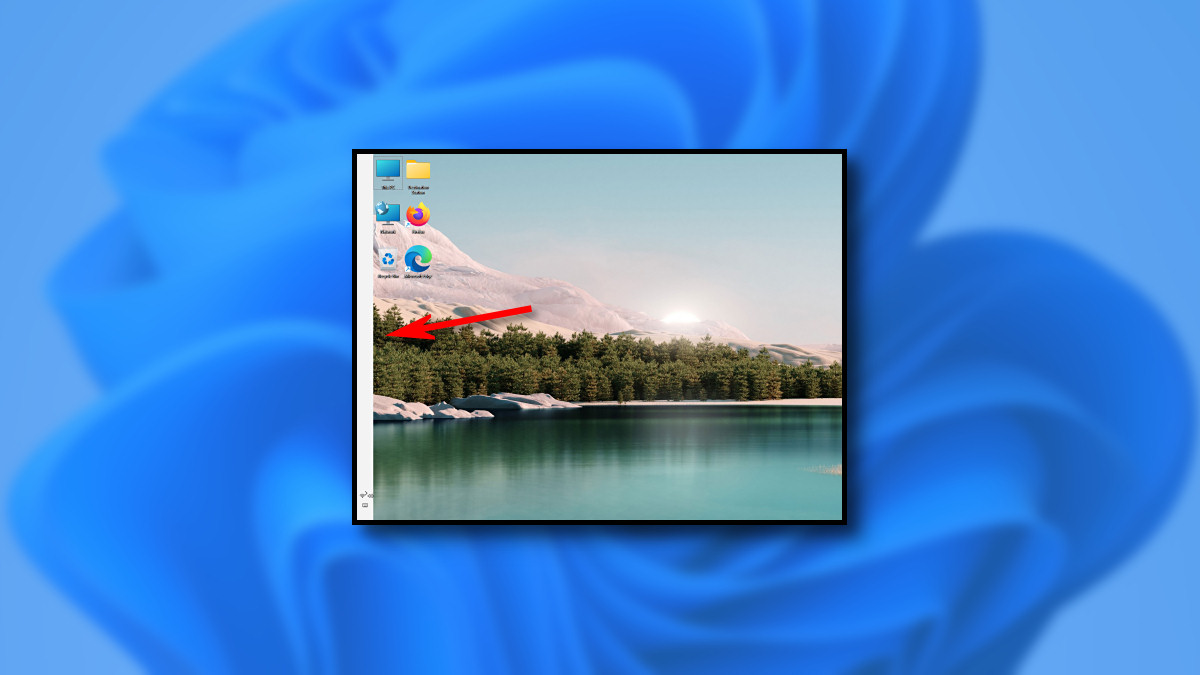
(Image credit: NASA)
Scientists watching the skies for asteroids that may threaten Earth have hit a new milestone, spotting the 10,000th sizable space rock that circles the sun near Earth’s orbit.
The detection comes as part of NASA’s ongoing planetary defense work, which discovers and monitors space rocks in the inner solar system to assure that no large asteroid is on course to impact Earth. (To date, scientists don’t know of any space rocks that pose a serious threat to Earth in the near future.)
Although planetary defense experts identify every asteroid they can, they are particularly concerned about those at least 460 feet (140 meters) wide, which can cause serious regional damage in an impact scenario. And as of Feb. 6, NASA’s near-Earth asteroid database noted the discovery of 10,004 such rocks.
Related: Just how many threatening asteroids are there? It’s complicated.
For context, the meteor that exploded over Chelyabinsk, Russia, in 2013, was likely about 56 feet (17 meters) across.
Asteroids more than 460 feet across make up about a third of the near-Earth asteroids scientists have spotted to date; all told, scientists have spotted 28,266 near-Earth asteroids as of Monday (Feb. 14), according to NASA’s Center for Near-Earth Object Studies based at the Jet Propulsion Laboratory in California. Many of those rocks are so small that if they collided with Earth, they would harmlessly burn up in Earth’s atmosphere.
Scientists are actually most worried about the threat of asteroids between 460 feet and 3,300 feet (1,000 m) across. Although larger space rocks could catastrophic damage, planetary defense experts are confident they have identified nearly every such asteroid that comes into Earth’s neighborhood, which NASA defines as approaching within 120 million miles (195 million kilometers) of the sun.
That’s a stark contrast to medium-size rocks. To date, scientists believe they have discovered about 40% of near-Earth asteroids larger than 460 feet but smaller than 3,300 feet. Congress has asked NASA to work toward detecting 90% of these space rocks.
Two key projects will help the agency tackle that goal. One is the Vera C. Rubin Observatory in Chile, which is due to begin observations in the summer of 2023. The other is a NASA space telescope called the Near-Earth Object Surveyor, which will detect asteroids in infrared light to help scientists spot darker rocks. NASA hopes to launch the mission in 2026.
Email Meghan Bartels at mbartels@space.com or follow her on Twitter @meghanbartels. Follow us on Twitter @Spacedotcom and on Facebook.
Join our Space Forums to keep talking space on the latest missions, night sky and more! And if you have a news tip, correction or comment, let us know at: community@space.com.

Meghan is a senior writer at Space.com and has more than five years’ experience as a science journalist based in New York City. She joined Space.com in July 2018, with previous writing published in outlets including Newsweek and Audubon. Meghan earned an MA in science journalism from New York University and a BA in classics from Georgetown University, and in her free time she enjoys reading and visiting museums. Follow her on Twitter at @meghanbartels.
Note: This article have been indexed to our site. We do not claim legitimacy, ownership or copyright of any of the content above. To see the article at original source Click Here













